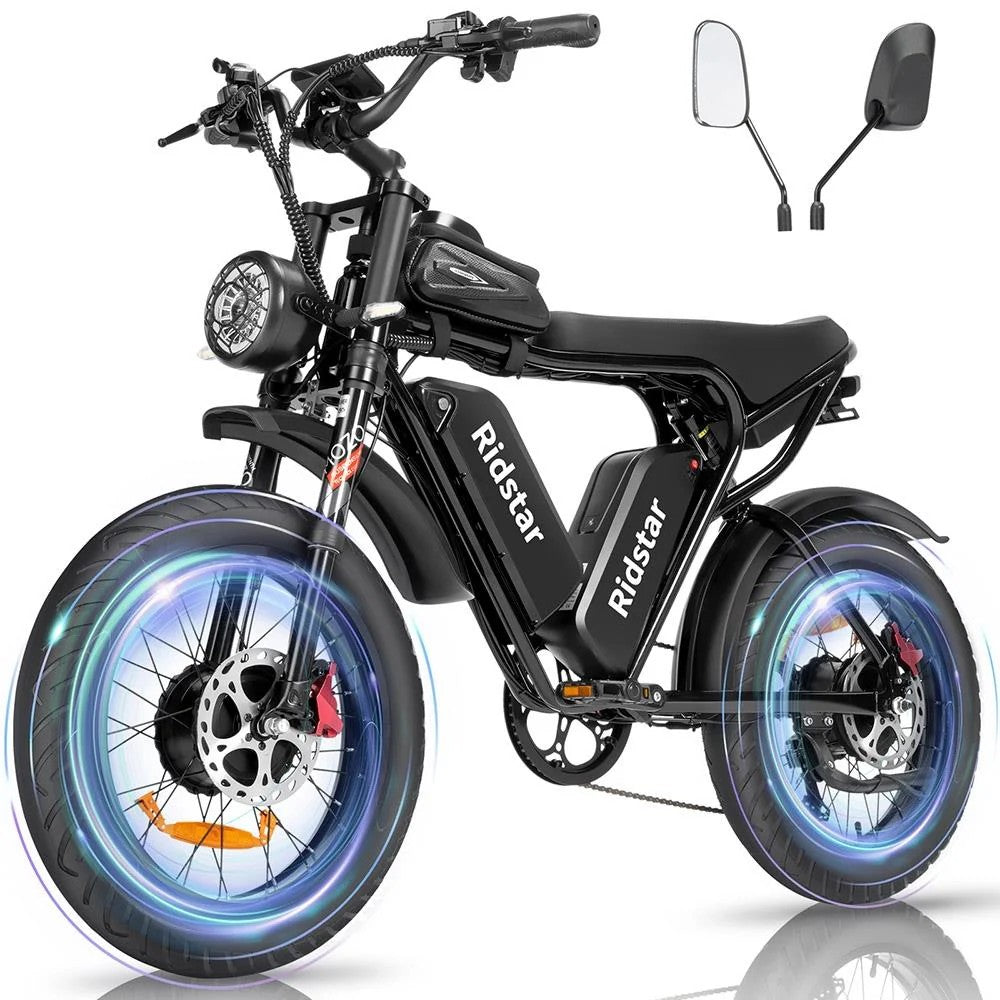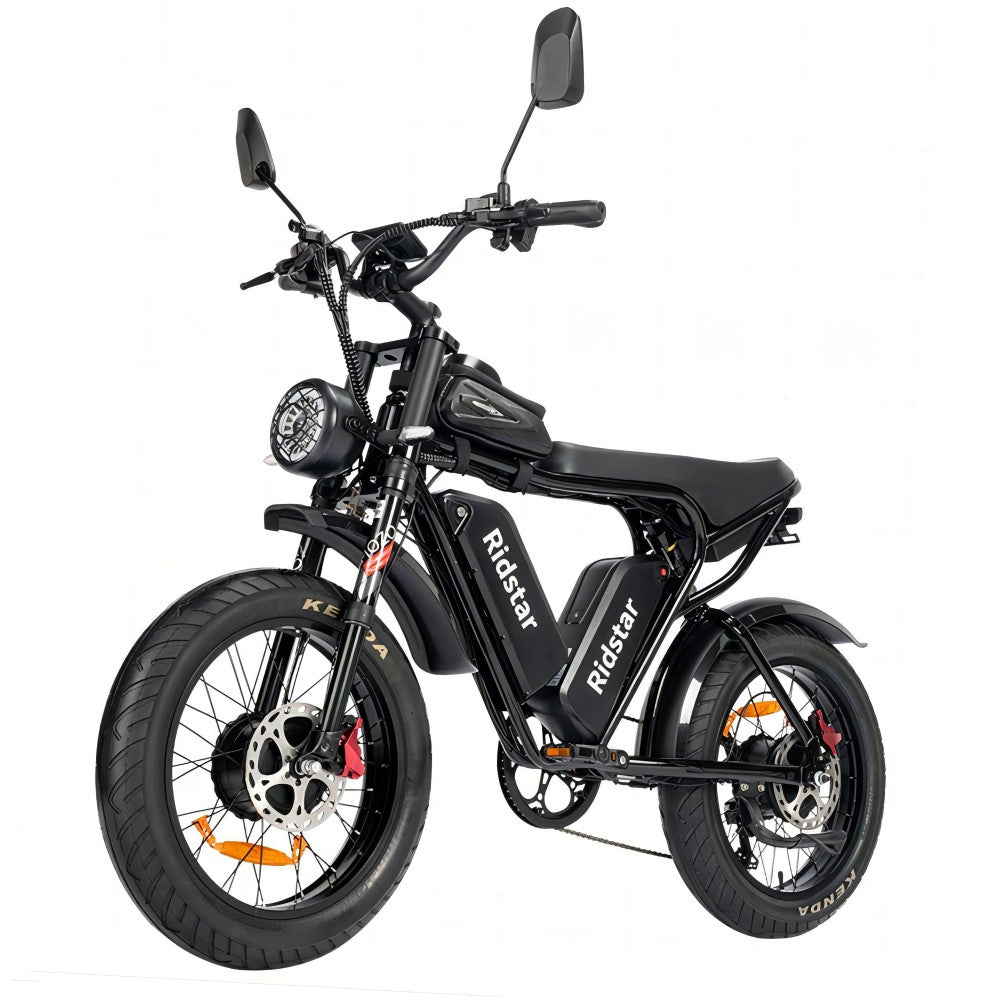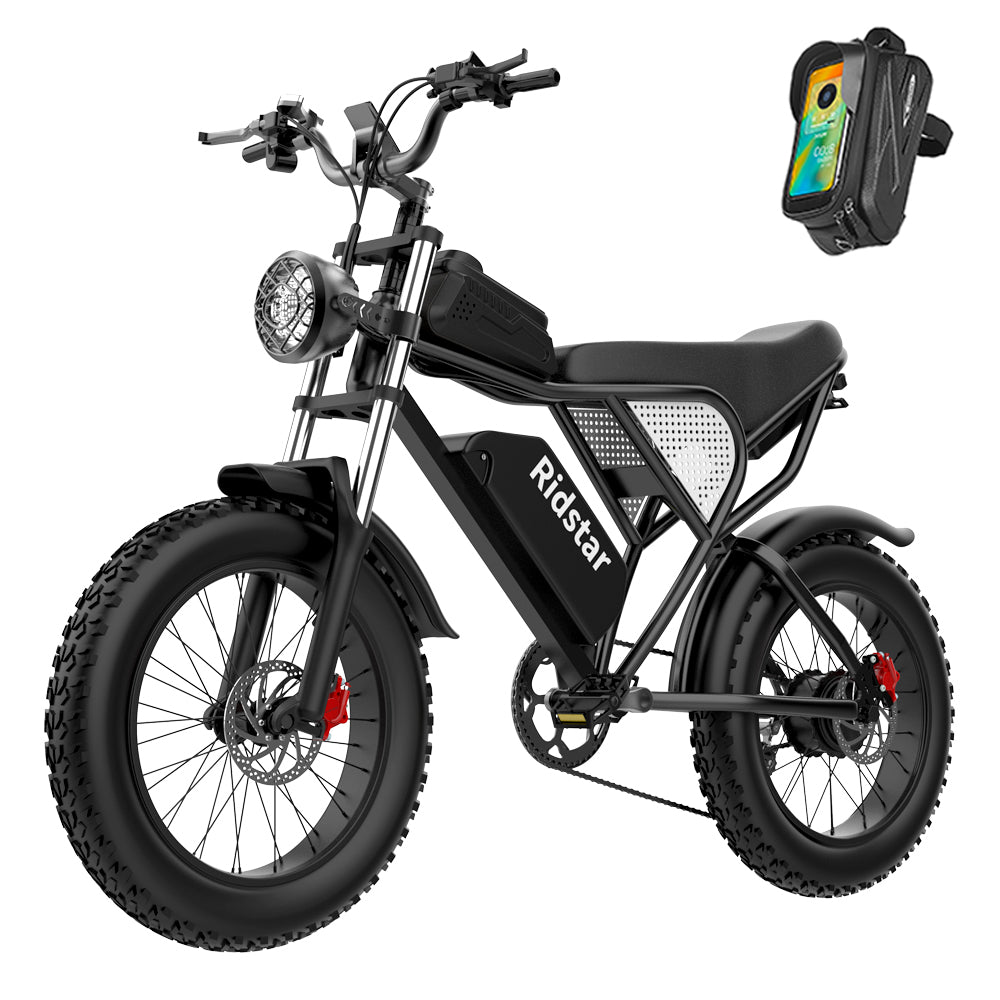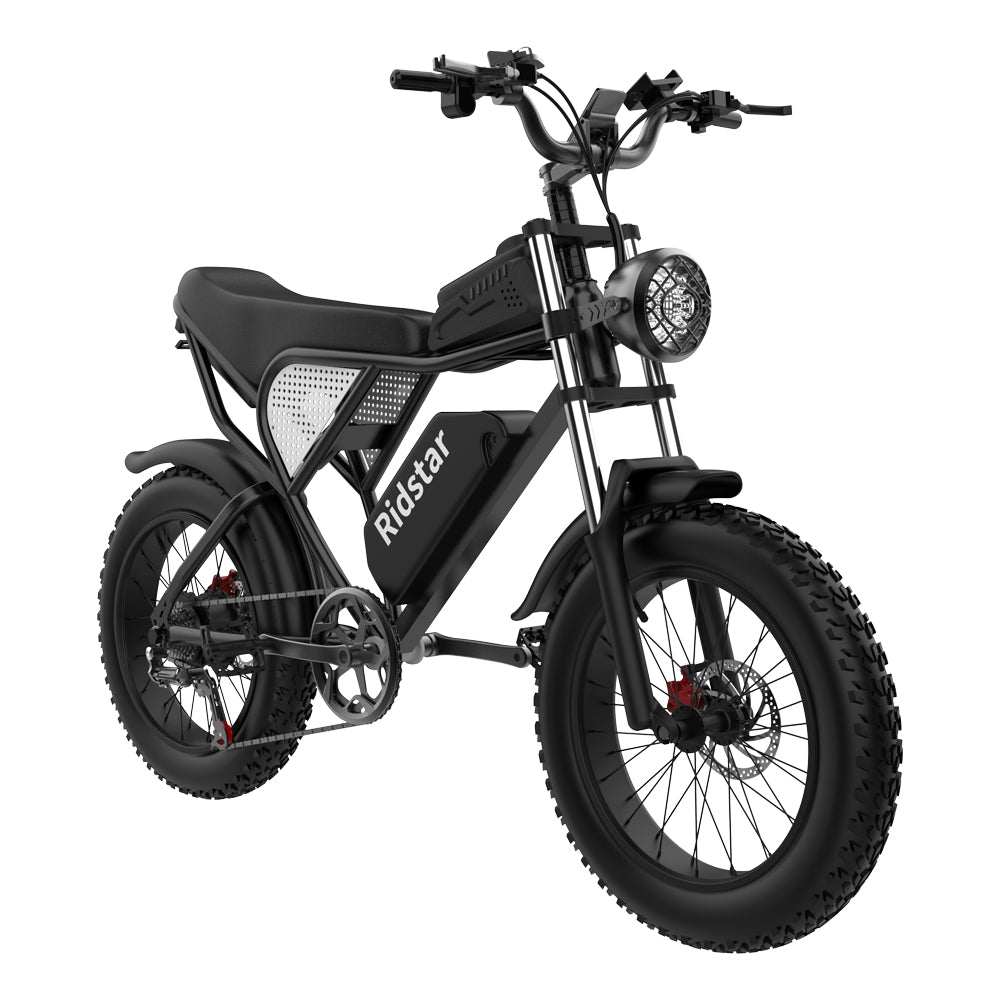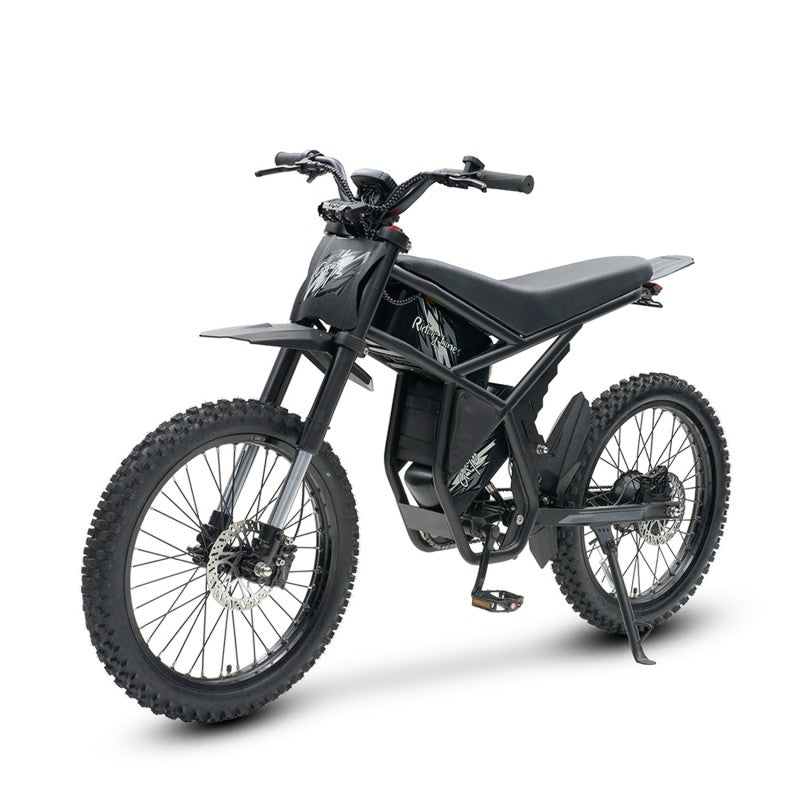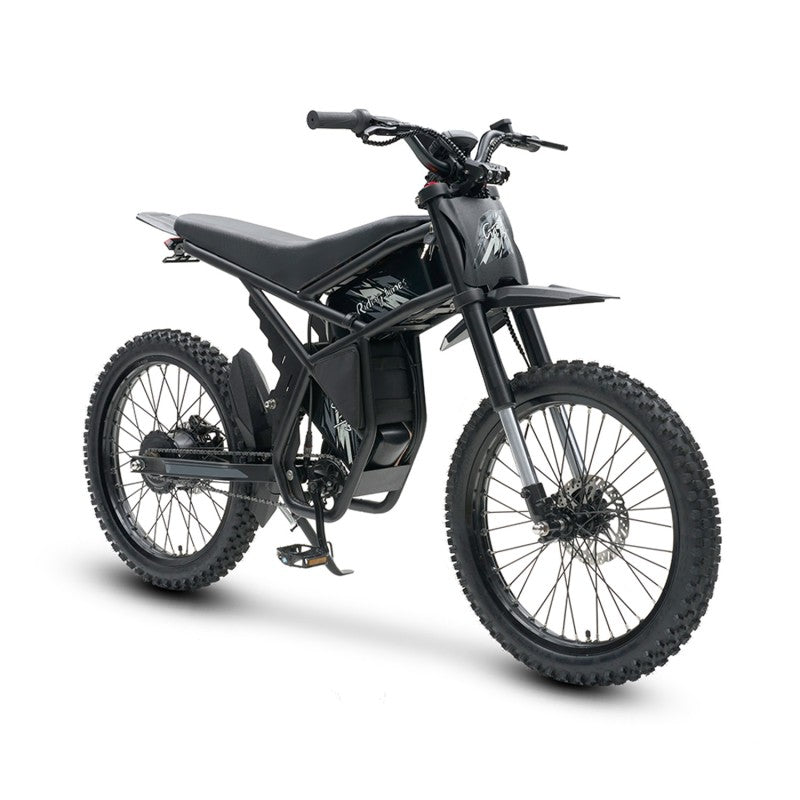1. Three Classes of E‑Bikes in Swiss Law
| Category | Power & Speed Limits | Maximum Total Weight | Licensing & Helmets |
|---|---|---|---|
| Light Motorised Bike | ≤ 500 W, pedal assist up to 25 km/h (e‑bike, light cargo bike); throttle-only ≤ 25 km/h (e‑scooter) | ≤ 250 kg (raised from 200 kg) | No license required (16+; 14–16 with category M), no plate, helmet recommended only |
| Fast E‑Bike (S‑Pedelec) | ≤ 1,000 W, pedal assist up to 45 km/h; unassisted throttle ≤ 30 km/h | — | |
| License (M or above), plate required, helmet mandatory (bike helmet accepted); must use cycle paths where designated | |||
| Heavy Motorised Bike | ≤ 2,000 W, with or without pedals, speed up to 25 km/h (cargo bikes) | 250–450 kg | M‑license required, plate required, helmet required |
What is a pedelec, a speed pedelec and an e-bike?
2. Cargo‑Bike Rules
-
Weight limit increased: Cargo bikes can now weigh up to 450 kg (up from 200 kg).
-
Passenger capacity: Up to four children can be carried, provided there are an equal number of approved seats with belts.
-
Category distinctions: Cargo bikes up to 250 kg remain license‑free; those up to 450 kg now fall under the “heavy motorised” category and require licensing.
3. Traffic Signage Updates
-
The “Bicycle” traffic sign now also includes all light motorised vehicles—slow e‑bikes, fast e‑bikes, and e‑scooters up to 20 km/h.
-
The “Motorised Bicycle” sign covers fast e‑bikes, petrol mopeds, and the new heavy motorised bikes.
-
Where signs prohibit mopeds, all motorised bikes—including those with inactive motors—are banned.
4. Mandated Speedometers
-
From April 2024, all new fast e‑bikes (S‑Pedelecs) must have built‑in speedometers; existing ones must be retrofitted by April 2027.
5. Europe‑Wide Regulatory Discussion
There is ongoing debate across Europe about adjusting e‑bike regulations:
-
Higher Power Limits
Germany’s ZIV is pushing to broaden the EU limit from 250 W continuous to a 750 W peak at the wheel—echoing Swiss tolerance for higher‑power bikes. -
Cargo‑Bike Weight Caps
Proposed caps include 250 kg for two‑wheel cargo bikes and 300 kg for multi‑wheel models. Heavier bikes would need unique standards (see EN 17860‑4:2025). -
Industry Opinions
-
Leva‑EU warns that excessive regulation could stifle innovation and raise entry barriers for new (especially Asian) manufacturers.
-
RLVD argues that cargo bikes under 300 kg used in urban logistics should retain their “bicycle” status to preserve their economic and environmental benefits.
-
ZIV supports revisiting the 250 W cap, citing technical obsolescence and the rise of powerful trikes and compact e‑cargo bikes
-
6. Summary
-
From July 1, 2025, Switzerland adds a new “heavy motorised bike” category (≤ 2 kW, ≤ 25 km/h, ≤ 450 kg), requiring registration, plates, helmets, and a license.
-
Cargo‑bike weight limits are raised; child‑seat regulations allow up to four kids with proper seats.
-
“Slow” e‑bikes remain largely unregulated in terms of licensing and plates.
-
EU discussions may follow Switzerland’s lead on power and weight allowances, though industry debate is ongoing.









